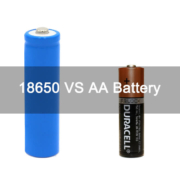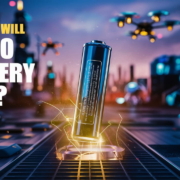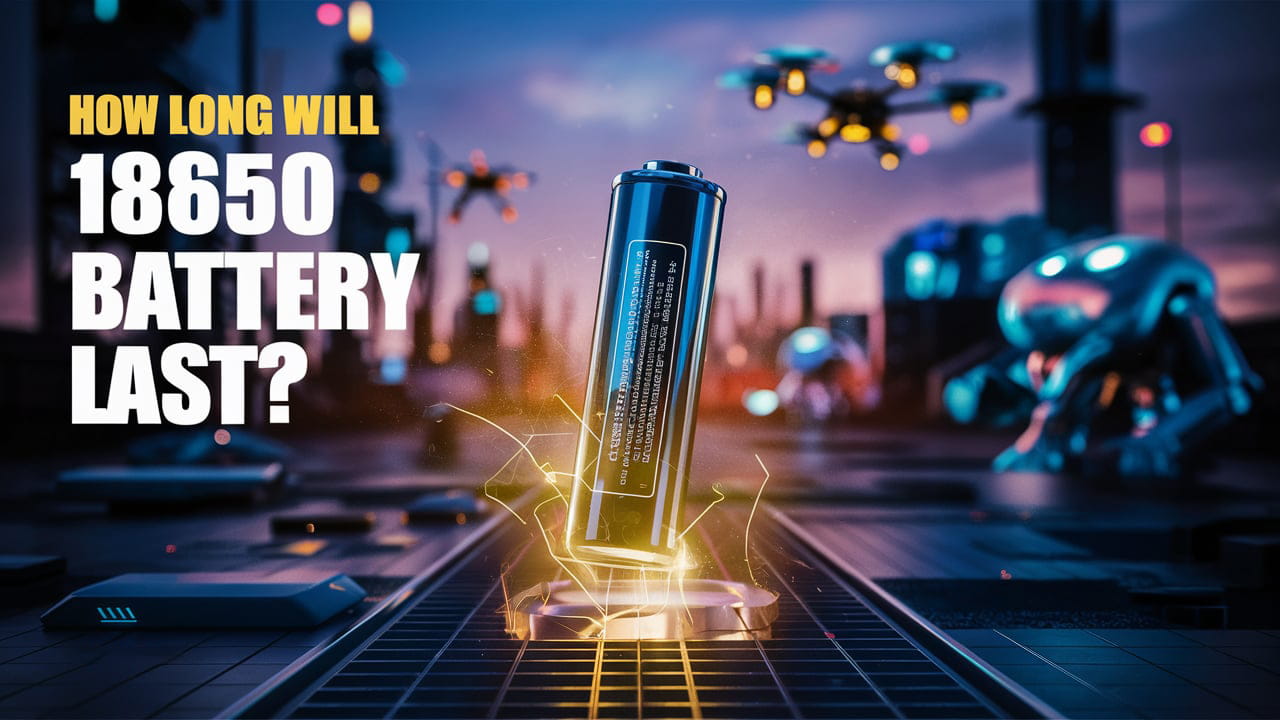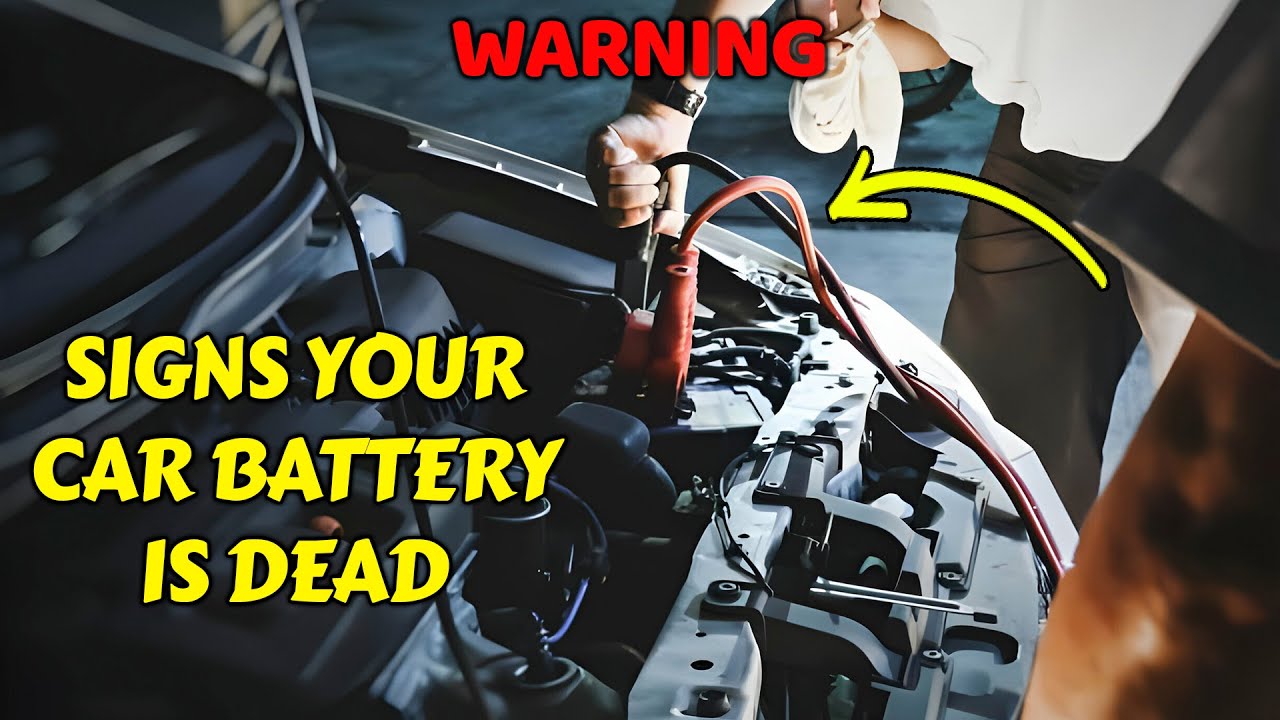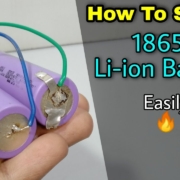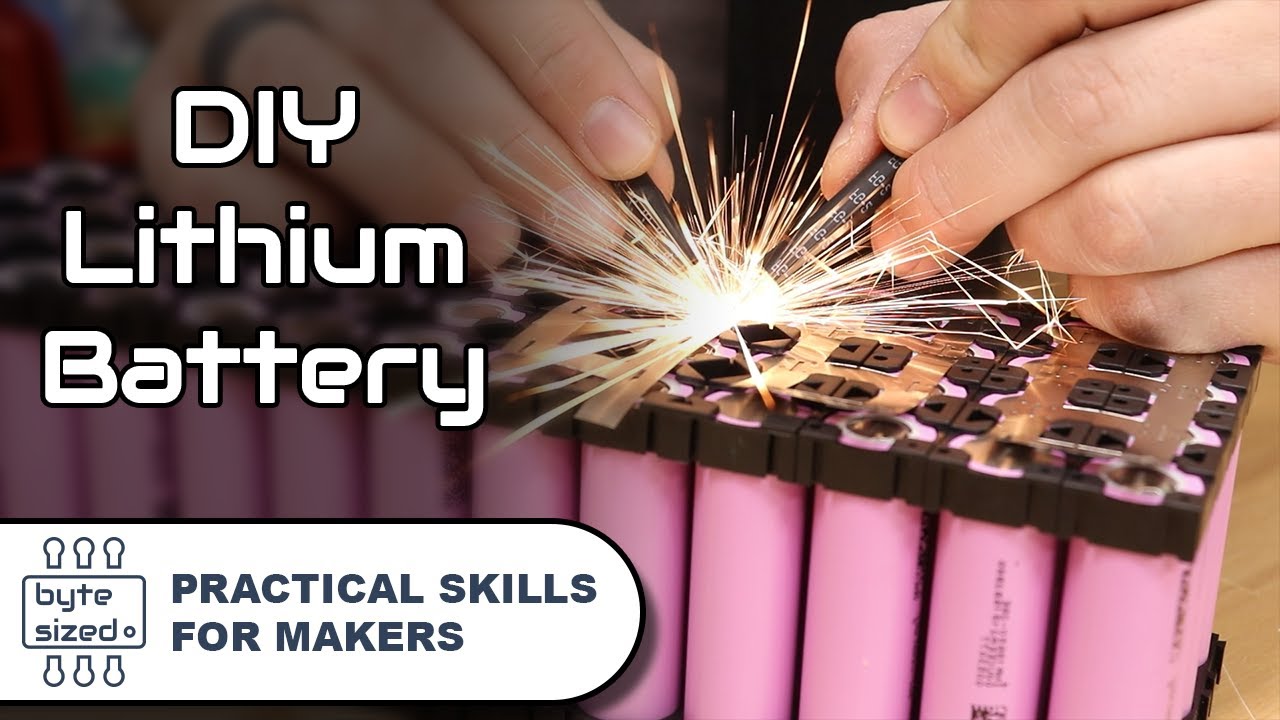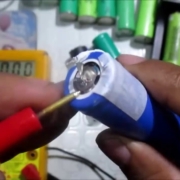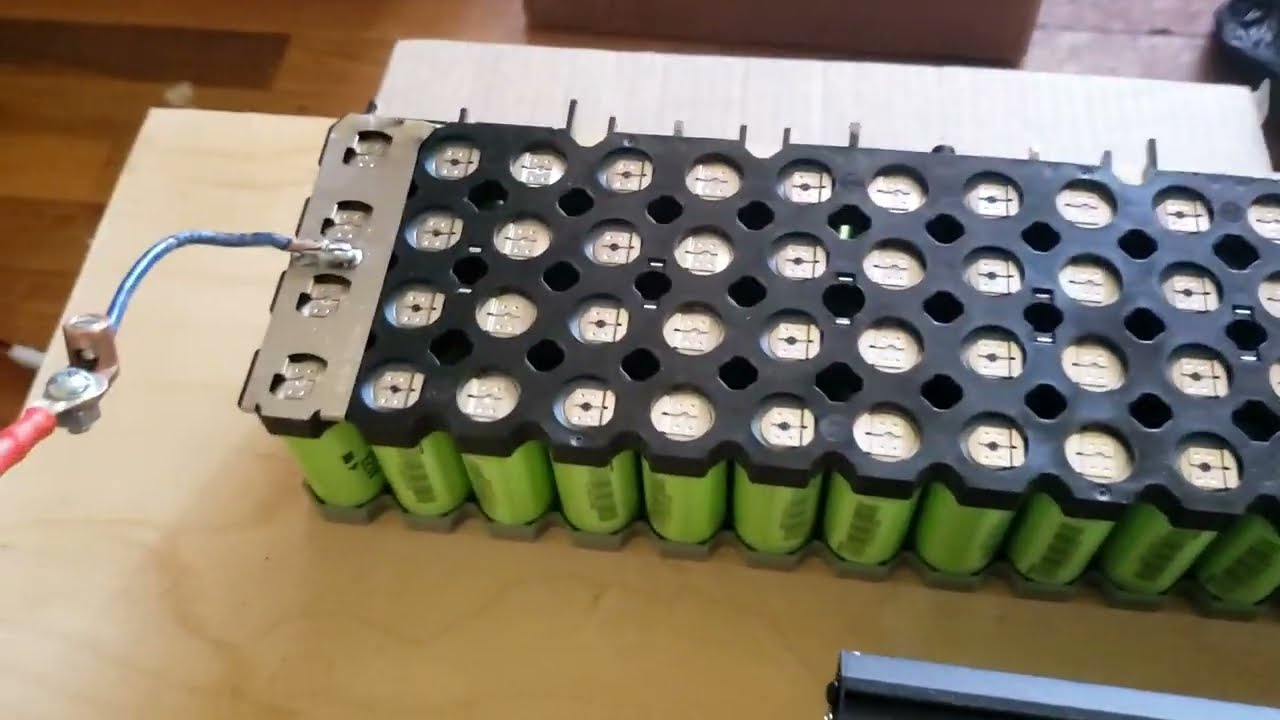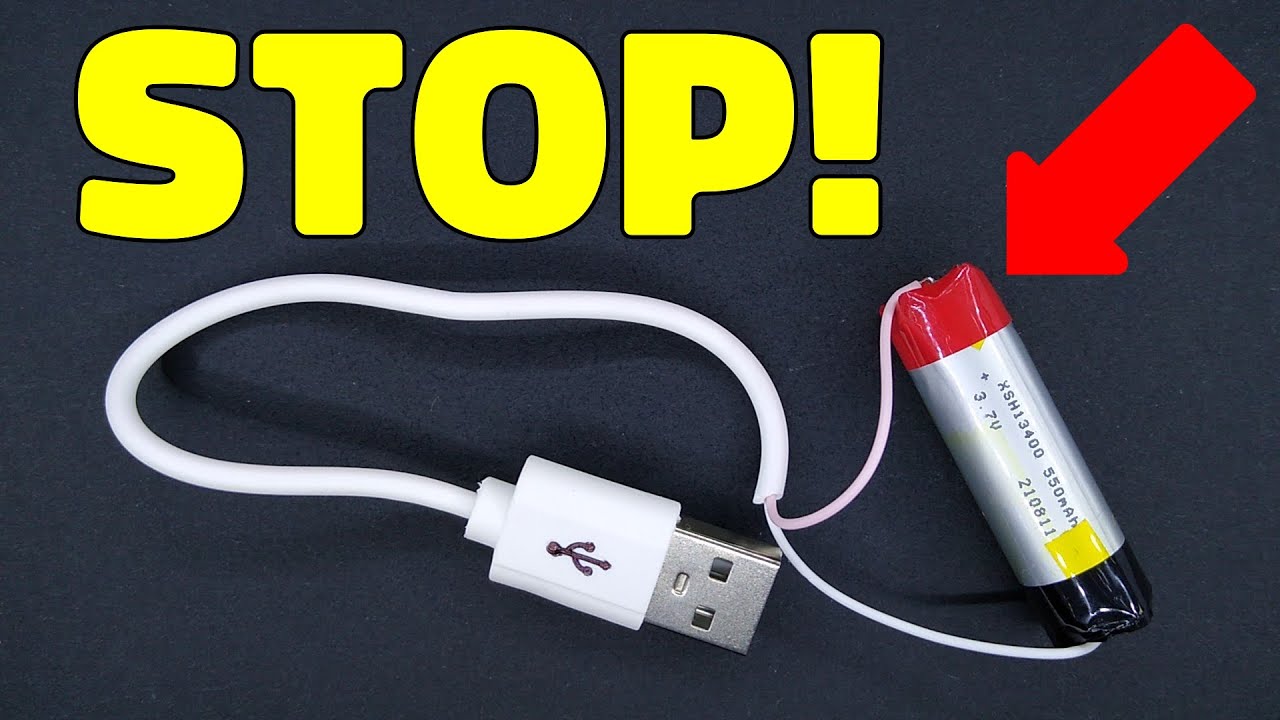If you’re using devices powered by 18650 batteries, you’ve probably wondered: how to store 18650 batteries properly when they’re not in use? Trust me, I get it. These powerful little cylinders need special care to maintain performance and safety.
In this comprehensive guide, as a professional 18650 battery pack manufacturer, I’ll walk you through everything you need to know about storing your 18650 batteries the right way. By 2025, experts predict even more devices will rely on these popular lithium-ion cells, making proper storage more important than ever.
Let’s dive in.

What Are 18650 Batteries (And Why Proper Storage Matters)
18650 batteries are rechargeable lithium-ion cells in a cylindrical shape, measuring 18mm in diameter and 65mm in length (hence the name).
You’ll find these powerful little guys in:
Flashlights
Laptop battery packs
Electric vehicles
Power tools
E-bikes
Vaping devices
Here’s the deal: Unlike regular alkaline batteries, 18650s are energy-dense powerhouses that require special handling. Improper storage doesn’t just reduce their lifespan—it can actually create serious safety hazards.
In fact, according to battery manufacturers, correctly stored 18650 batteries can last 3-5 years, while poorly stored ones might become unusable in months.
The Science Behind 18650 Battery Storage
Before jumping into the how-to, let’s understand WHY proper storage matters so much.
18650 batteries contain lithium, which is highly reactive. When stored incorrectly, these chemical reactions can accelerate, leading to:
Capacity loss – Your battery gradually loses its ability to hold a charge
Internal resistance increase – Makes the battery less efficient
Physical damage – Including bulging, leaking, or in extreme cases, fire
The main factors affecting battery storage are:
Temperature – Heat accelerates chemical reactions
Charge level – Fully charged or fully discharged states create stress
Physical protection – Preventing terminal contact or punctures
Now let’s get into the specific steps you need to follow.
The Perfect Conditions for Storing 18650 Batteries
When it comes to storing your 18650 batteries, environment is EVERYTHING. Here’s what the research from major manufacturers like Panasonic, Samsung, and LG tells us:
Temperature Matters (A LOT)
The ideal temperature range for 18650 battery storage is 20°C to 25°C (68°F to 77°F).
Let me break this down more specifically:
Less than 1 month storage: Can tolerate -20°C to +50°C
1-3 months storage: Keep between -20°C to +40°C
Long-term storage (up to a year): Store between -20°C to +20°C
Bottom line? Room temperature is your friend for short-term storage, but cooler is better for long-term.
However, despite what you might have heard, storing 18650 batteries in your refrigerator isn’t ideal. The humidity can cause condensation issues unless you take special precautions (which I’ll cover later).
Humidity Control
Keep your batteries in a dry environment with low humidity. Moisture is the enemy of electronic components and can lead to terminal corrosion.
Aim for relative humidity between 45-75% for optimal results.
Charge Level is Critical
This might surprise you: storing 18650 batteries at 100% charge is actually bad for them.
The optimal charge for storage is 40-50% of capacity, which typically corresponds to around 3.7V per cell.
Why? At full charge (4.2V), the battery’s components degrade faster. At near-empty (below 2.5V), the battery can fall into deep discharge, potentially becoming unusable.
Pro Tip: If your batteries have a voltage meter, aim for 3.6-3.7V before long-term storage. For Samsung 25R batteries specifically, aim for 3.64V-3.71V for optimal storage voltage.
Step-By-Step Guide to Safely Store 18650 Batteries
Now for the practical stuff. Here’s my proven system for storing 18650 batteries:
Step 1: Prepare Your Batteries
First, you need to get your batteries ready for storage:
Check the voltage using a multimeter or battery charger with a voltage display
Adjust the charge level to 40-50% (around 3.7V)
Inspect for damage – any dents, tears in the wrapper, or leaking cells should be recycled, not stored
IMPORTANT: Never store damaged 18650 batteries! Even minor damage can create significant safety risks.
Step 2: Protect the Terminals
This step is SUPER important.
You need to prevent the positive and negative terminals from making contact with anything conductive. There are several ways to do this:
Use plastic battery cases specifically designed for 18650s
Apply insulating tape over the terminals (electrical tape works in a pinch)
Use silicone terminal covers that slip over the ends
Remember: A short circuit can cause rapid discharge, overheating, and potentially fire.
I personally use individual plastic cases for my 18650 batteries. They cost just a few cents each and provide perfect protection.
Step 3: Choose the Right Container
Once your batteries have protected terminals, you’ll want a secondary container to keep them organized and provide an extra layer of protection.
The best 18650 battery storage containers have these features:
Non-conductive material (plastic is ideal)
Proper ventilation to prevent heat buildup
Individual compartments to keep batteries separated
Sturdy construction to prevent crushing
Water-resistant (not necessarily waterproof)
Some great options include:
Dedicated battery cases – These come with custom-sized slots for each battery
Plastic storage boxes with dividers
Fireproof battery bags – These won’t prevent a fire but can contain it
I’ve tested dozens of containers, and my favorite is a simple plastic case with customizable foam inserts. It allows me to organize batteries by type and charge level.
Step 4: Select the Ideal Storage Location
Now that your batteries are properly prepared and contained, you need to find the right place to store them:
DO Store in These Locations:
Cool, dry drawer or cabinet
Climate-controlled closet
Home office or living space (away from heat sources)
DON’T Store in These Locations:
Direct sunlight
Next to heaters or radiators
In extremely cold areas (unheated garage in winter)
Near flammable materials
Inside vehicles (temperature fluctuations)
Keep your batteries away from children and pets too!
Step 5: Check Batteries Periodically
For long-term storage, you can’t just “set it and forget it.”
I recommend this checking schedule:
Every 3 months: Quick visual inspection
Every 6 months: Voltage check
Annually: Full charge/discharge cycle to maintain battery health
If you notice any batteries have dropped below 3.0V during storage, give them a partial charge back to the 3.6-3.7V storage level.
Common 18650 Battery Storage Mistakes
Over the years, I’ve seen people make the same mistakes again and again. Avoid these common pitfalls:
Storing at 100% charge – This accelerates capacity loss
Keeping batteries loose – Creates risk of shorts
Mixing old and new batteries – Can lead to confusion and potential safety issues
Storing in extreme temperatures – Dramatically reduces lifespan
Forgetting to check periodically – Batteries can self-discharge over time
Using metal containers without insulation – Potential short circuit risk
Keeping batteries in the device – Can lead to leakage and device damage
The BIGGEST mistake? Thinking all batteries are the same. 18650 lithium-ion cells require much more careful handling than regular alkaline batteries.
Special Considerations for Different Storage Durations
The duration of storage affects how you should prepare your 18650 batteries:
Short-Term Storage (Less Than 1 Month)
For batteries you’ll use again soon:
40-50% charge is still ideal, but not critical
Simple terminal protection is sufficient
Room temperature is fine
Can remain in original packaging if terminals are protected
Medium-Term Storage (1-6 Months)
For seasonal use or backup batteries:
40-50% charge is important
Individual battery cases highly recommended
Store in a cool, dry location
Check voltage at the halfway point
Long-Term Storage (6+ Months)
For emergency backups or infrequent use:
Precisely set to 3.6-3.7V (about 40-50% charge)
Use high-quality individual cases AND secondary container
Store in the coolest part of your living space
Set calendar reminders to check every 6 months
Consider rotation system (using and replacing with fresh batteries)
Traveling with 18650 Batteries: Storage on the Go
Planning to travel with your 18650 batteries? There are special considerations:
Air Travel
The TSA and FAA have strict rules about lithium batteries:
18650 batteries are NOT allowed in checked baggage
Must be carried in carry-on luggage only
Terminals must be protected to prevent short circuits
Usually limited to 20 batteries per passenger (always check airline policies)
I recommend using a dedicated battery travel case with a hard shell for air travel.
Car Travel
Vehicles can reach extreme temperatures, especially in summer:
Never leave batteries in a parked car
Use an insulated container during transport
Keep batteries out of direct sunlight
Consider a fireproof battery bag for extra safety
When to Replace Stored 18650 Batteries
Even with perfect storage, 18650 batteries don’t last forever. Here’s when to consider replacement:
Visible damage – Any bulging, leaking, or damaged wrappers
More than 20% capacity loss – When runtime noticeably decreases
Excessive self-discharge – Loses charge quickly even when not used
After 3-5 years – Even with perfect storage, chemical degradation occurs
If stored improperly – Especially if exposed to high heat
Remember: Safety first! When in doubt, recycle old batteries rather than risking continued use.
Best Practices for Different 18650 Battery Types
Not all 18650 batteries are created equal. Different chemistry formulations require slightly different handling:
IMR (LiMn) Cells
Generally safer chemistry
Can handle higher temperatures (though not recommended)
Still require proper terminal protection
ICR (LiCoO2) Cells
More energy-dense but less stable
More sensitive to improper storage
Require extra care with temperature control
INR/Hybrid Cells
Balance of safety and capacity
Follow standard storage guidelines
Often used in high-performance applications
The Bottom Line on 18650 Battery Storage
Properly storing your 18650 batteries comes down to a few key principles:
Keep at 40-50% charge (around 3.7V)
Protect the terminals from contact
Store at moderate temperatures (ideally 20-25°C/68-77°F)
Use proper containers designed for battery storage
Check periodically for voltage and condition
Keep away from metal objects, heat sources, and moisture
Following these guidelines will maximize the lifespan of your batteries while keeping you and your home safe.
Remember, how you store 18650 batteries isn’t just about making them last longer—it’s about preventing potentially serious safety incidents.
Conclusion
Knowing how to store 18650 batteries properly is an essential skill for anyone who uses these powerful lithium-ion cells. With the right approach, you can extend their lifespan, maintain optimal performance, and most importantly, ensure safety.
The investment in proper storage containers and a few minutes of preparation can save you money in the long run by extending battery life and preventing the need for early replacement.
I hope this guide has given you clear, actionable steps for safely storing your 18650 batteries. Whether you’re storing them for a few weeks or several months, these best practices will help keep your batteries ready for when you need them.
What storage method do you use for your 18650 batteries? Have you noticed improved performance since implementing proper storage techniques? Let me know in the comments below!


